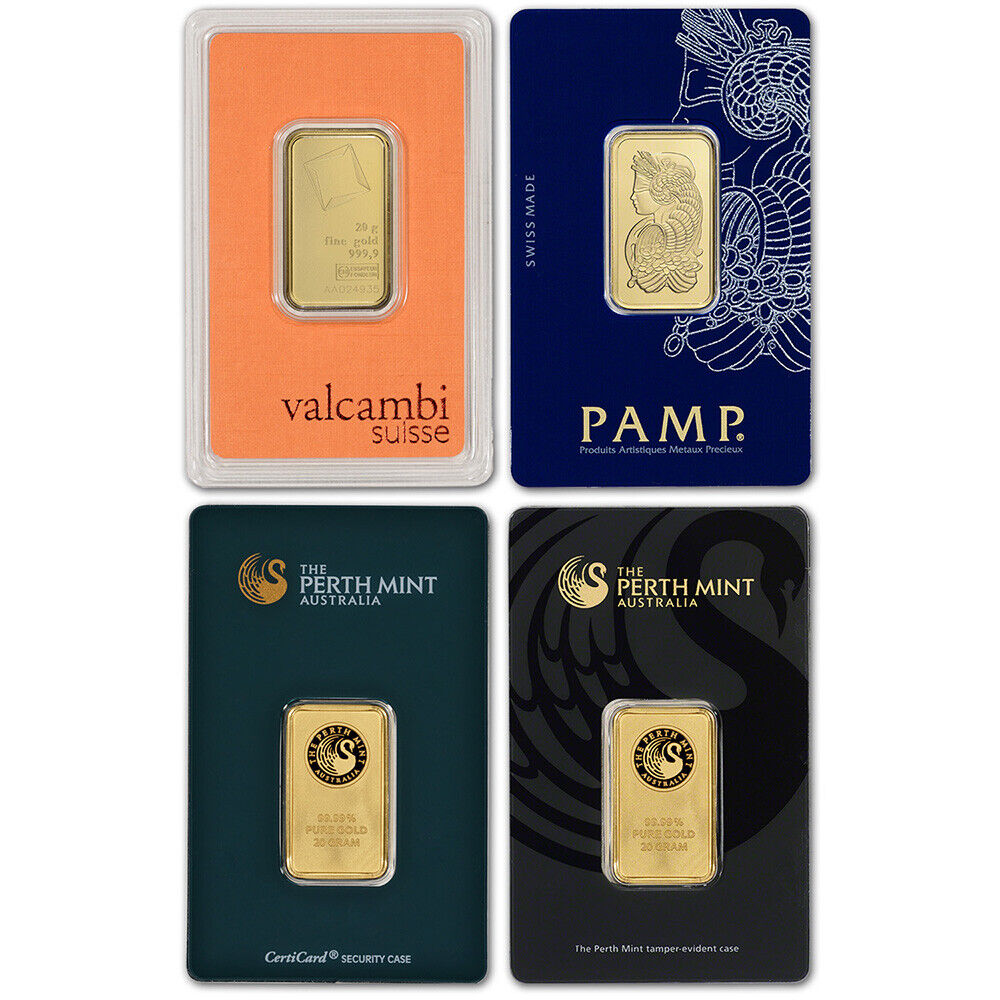What are US Mint Pre-1933 Gold Coins?
With their unique designs, historical significance, and rarity, Pre-1933 US Gold Coins offer collectors and investors a glimpse into the past and a tangible connection to the stories of our ancestors.
These gleaming pieces of history are valuable precious metal assets and windows into a fascinating era.






